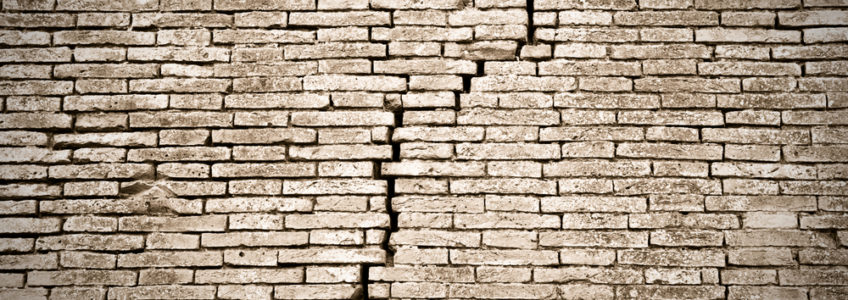If you’ve been caught in an earthquake and you’ve come through the initial shaking alive and well, you are on your way to surviving the whole disaster—ready to rebuild and help others who have not fared as well.
Humans have an amazing resilience that often goes undiscovered until a disaster occurs. If you’ve survived an earthquake, you are probably feeling a whole mixture of feelings—including feeling blessed, shocked, terrified and exhilarated. Or you may feel numb. The key to really surviving the entire disaster is knowing what steps to take once you’ve made it through that initial quake. If at all possible, try to clear your head. If you’ve prepared in advance, your knowledge of what to do next will be much more likely to come to mind. That’s why it’s so important to keep reading, and do your research.
After an earthquake, it might be safest to evacuate your home and neighbourhood, or it might be safest to stay where you are and shelter in place, depending on the situation.
If at all possible, it’s important to connect to a radio as soon as possible, so you can be aware of the bigger picture of the disaster. Once you’re able to tune in, or connect with your neighbours about what they’ve heard, you can use the advice of your local authorities as a lifeline.
Listen in for evacuation alerts, evacuation orders (more pressing) and evacuation rescinds. You’ll also want to listen in for shelter-in-place orders, which are issued for situations that will not last long, or are not safe to evacuate. If you’re not able to access a radio, try getting onto wifi and accessing social media sites, or see if you can turn on a TV. Officials may also be going door to door, or there may be a police or fire vehicle using a loudspeaker in your neighbourhood to advise people.
Whatever the situation, stay connected as much as possible. You may not receive help for 72 hours or more, so it’s best to access your survival supplies as soon as possible.
Next week, we’ll be talking more about important steps you should take when evacuating your home, and we’ll also be sharing some shelter-in-place tips, for wherever you happen to be when an earthquake strikes.
Please stay tuned to learn more!
-Article contributed by Sophie Wooding – Avid gardener and cyclist in Victoria, BC and Content Writer for Frontier.io

